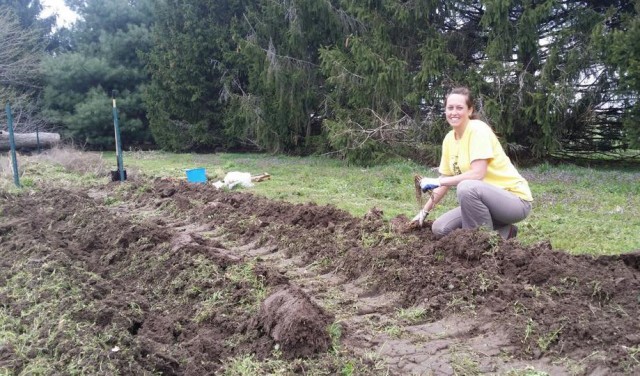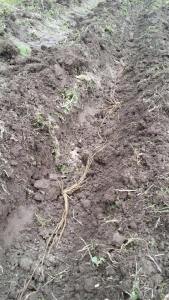
 I love every bite of bliss that grows on the farm, and I get so excited for many different reasons and seasons! When I have the first taste of a fresh strawberry, it takes me back to when I was a little girl in my moms garden. I’m sure I consumed more berries than picked, but helping in the garden is a fond memory while growing up. This year was no different. My first pick of the season I had my mom join me, and we may have tasted a few before we made it out of the field.
I love every bite of bliss that grows on the farm, and I get so excited for many different reasons and seasons! When I have the first taste of a fresh strawberry, it takes me back to when I was a little girl in my moms garden. I’m sure I consumed more berries than picked, but helping in the garden is a fond memory while growing up. This year was no different. My first pick of the season I had my mom join me, and we may have tasted a few before we made it out of the field.
I wanted to pair my first strawberry harvest with cream puffs. The idea of a Pâte à Choux pastry seemed exciting and challenging. A choux pastry is a light dough with simplistic ingredients, but no raising agent. It uses high moisture and steam while baking to puff the pastry. I used a tried and true recipe from my Grandma Howie’s kitchen and I’m happy to share it with you now.
Cream Puffs
- 1 Cup flour
- 1/4 tsp salt
- 1 Cup boiling water
- 1/2 Cup butter
- 4 eggs
Cream Filling
- 2 Cups milk
- 2/3 Cup sugar
- 3-4 Tbsp corn starch
- 1 tsp vanilla
*add fresh seasonal berries
Bring water to a boil, then add butter and salt. Stir in flour consistently until the mixture leaves the sides of the pan. Remove from the stove and let cool for just a bit. Slowly add one egg at a time, stirring each one until fully incorporated then adding the next. Spoon onto a greased or non-stick cookie sheet two inches apart. You can also put the batter into a bag and pipe onto the cookie sheet, but I was making my grandmas recipe and I can’t imagine she had time to pipe anything with nine children and a household to take care of.
Bake at 425° for 10 minutes, or until the peaks are lightly brown and the pastries have puffed up. Then turn the temperature to 375° and continue to cook for 10 – 15 minutes, depending on your oven.
While in the oven, bring the milk, sugar, eggs, and corn starch to a boil. Constantly stir with a whisk to alleviate clumps. Continue to stir until filling thickens. Add your vanilla right before removing from the stove top.
Helpful Kitchen Tip: If you don’t have time to make the homemade filling, you can substitute with instant pudding or homemade whipped cream.
Once the cream puffs have cooled, cut in half. Place filling inside and add fresh-cut strawberries. Place the top back on, sprinkle with powdered sugar, and enjoy grandmas recipe!
It’s the little moments that sometimes make the biggest impact and the fondest memories. Those are the things that really count. “Take the time to smell the roses”, or in this case, “pick the strawberries”. My grandma made one of the most amazing people in the world, and I am lucky enough to call her my mom. To my grandma up in heaven and my mom by my side, THANK YOU for the little moments, because they have made all of the difference. Love you to the moon and back. Happy Mothers Day!
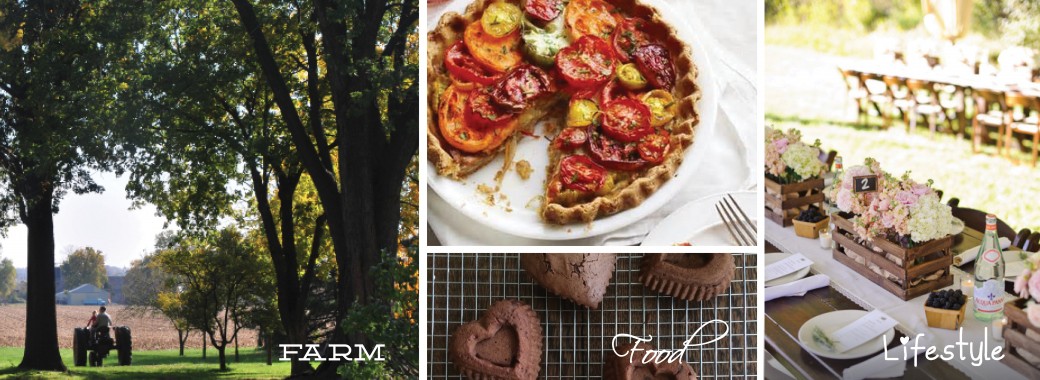











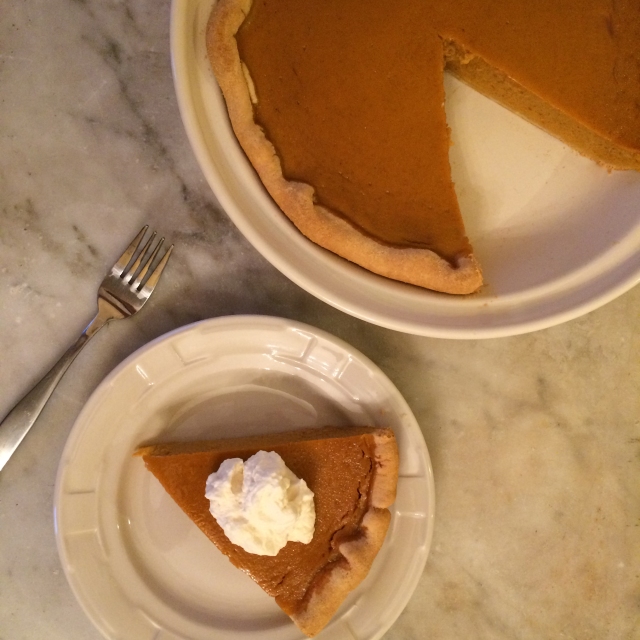
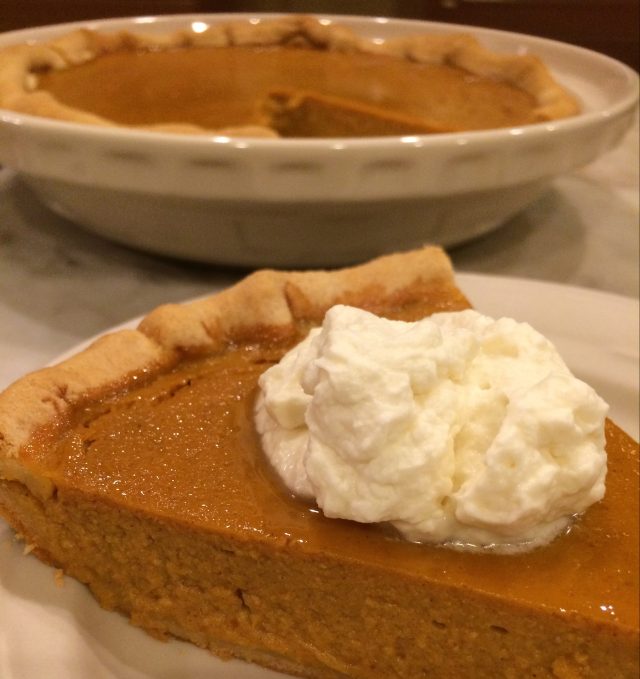




























![FullSizeRender[2]](https://drakefarmdream.com/wp-content/uploads/2015/04/fullsizerender2-e1430675301236.jpg?w=161&h=165)

